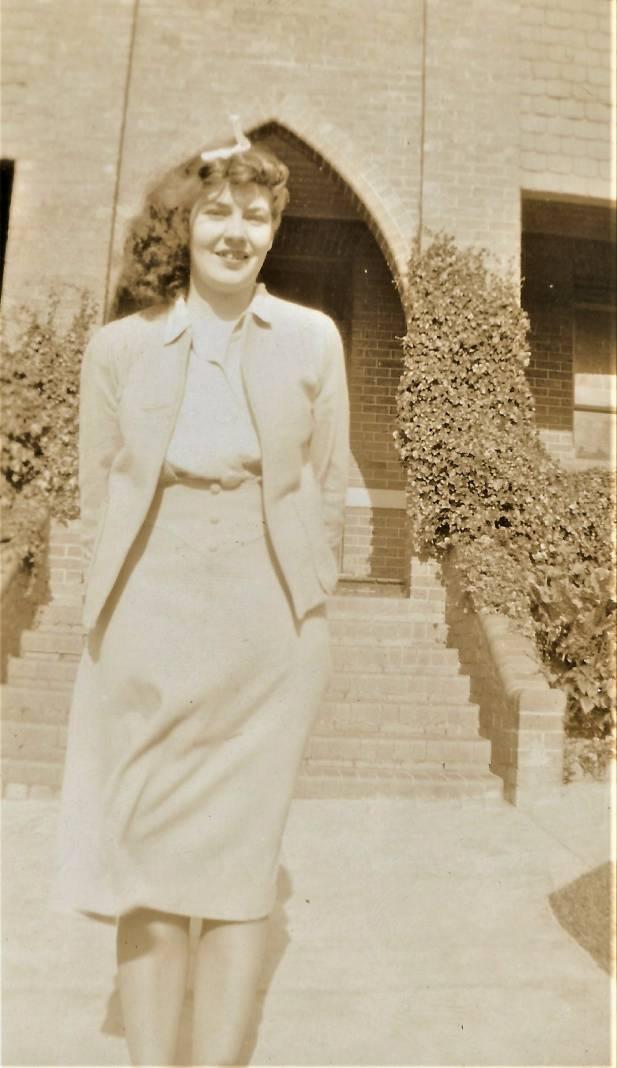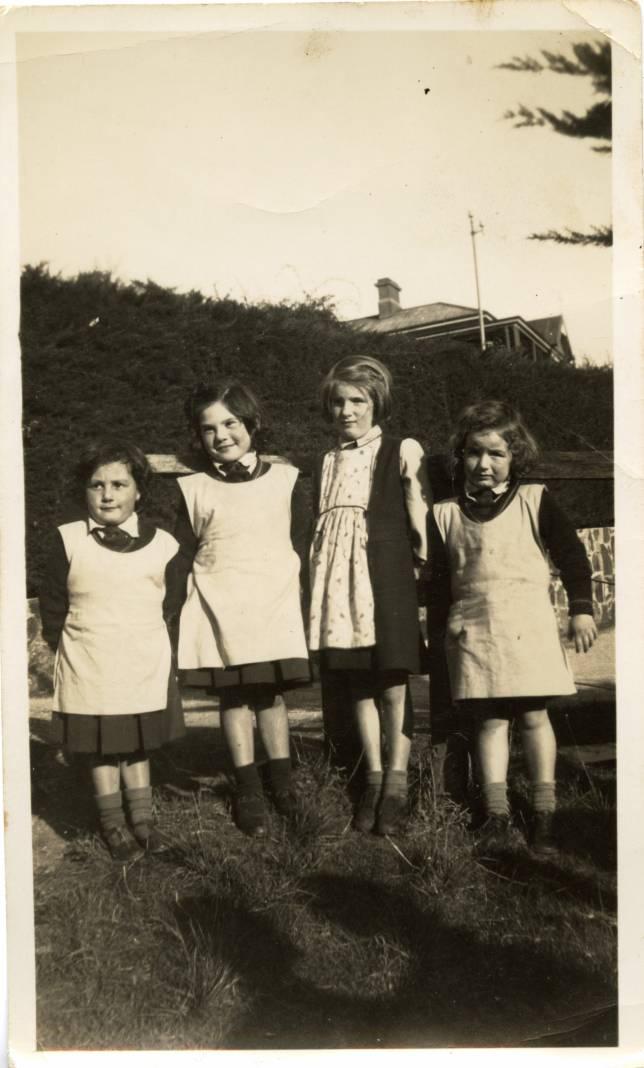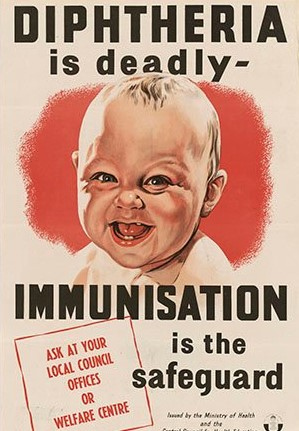In the 1940s the diphtheria epidemic swept through the College. Similar to lockdown today, in Victoria the girls had to quarantine for weeks and constantly have tests to make sure they were not ‘germ carriers’. Sadly one student passed away, but all the other students survived. The College has seen many world events, such as the Spanish Flu, two World Wars and the diphtheria outbreak — and one constant has been that the College is still standing. The community standing together with resilience to go on for another day, two, or 125 years! We, too, can do this.
1943 — Diphtheria Epidemic
During World War II there was an outbreak of the childhood disease diphtheria in Victoria. In 1943 it hit Mount Lilydale College and had a huge effect on the school.
Nell Morton (Class of 1944): “During my years at Lilydale we had an outbreak of diphtheria. Of course no visitors were allowed, and no home visits either. We were in quarantine for a number of weeks.”
Kay Reardon: “There was no vaccine in those days so we were quarantined for three months. We had throat swabs each week to see if we were germ carriers. I was in Grade 4 and I was the only girl left in my class who neither had diphtheria nor was infectious.”
Eveanne Choyce: “I was very ill and much of the time was in the blue and pink room upstairs, finally going to Fairfield Hospital.”
Kay Reardon: “We would see the ambulance come and someone would be going to the infectious diseases hospital. Two children and one teacher died.”
Nell Morton: “Unfortunately one of our girls died. Margaret Lowerson was her name. It was a sad time.”
Margaret Lowerson was from Myrtleford and was the eldest daughter of Albert Lowerson, who had been awarded the Victoria Cross — the highest award for gallantry — during the First World War.

Student out the front of Mount Saint Joseph, 1941.

Josephine and Mary Favaloro with other boarders in 1943.

A poster from the period.




